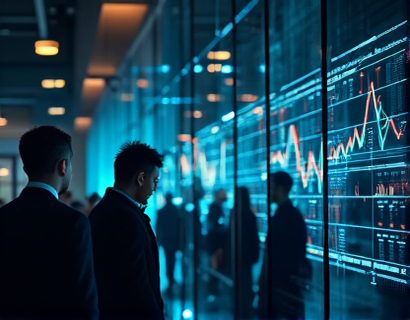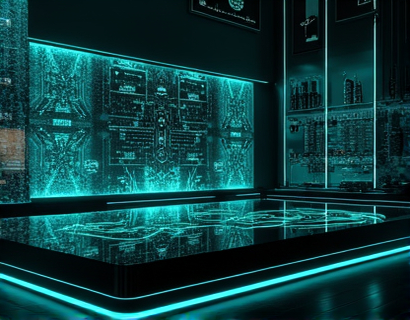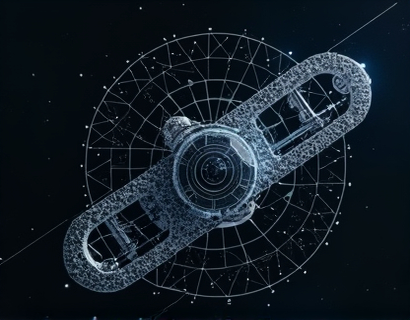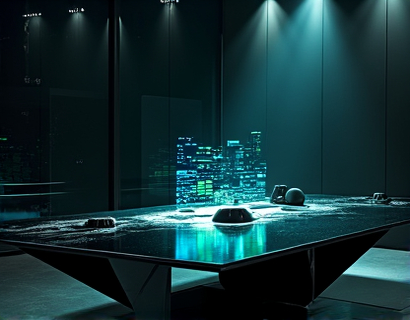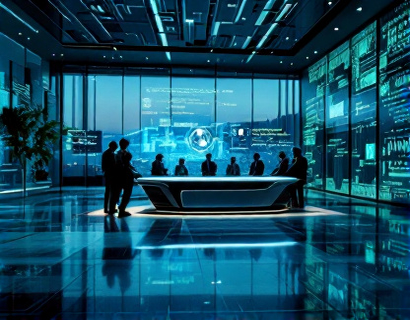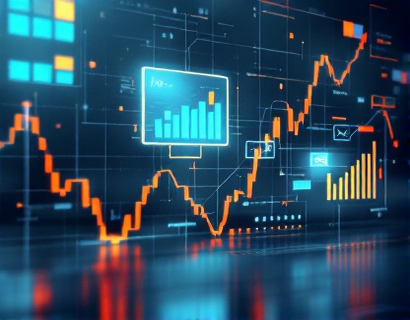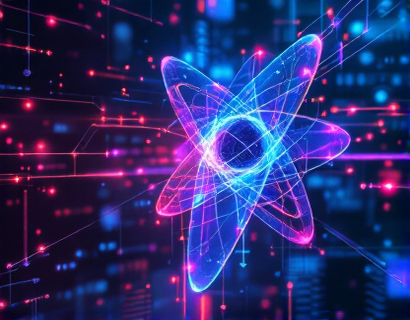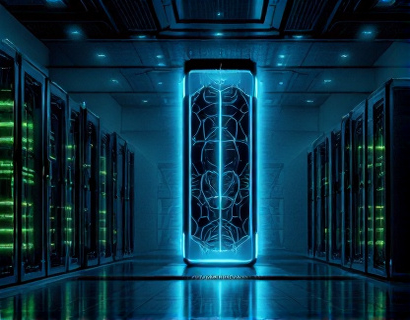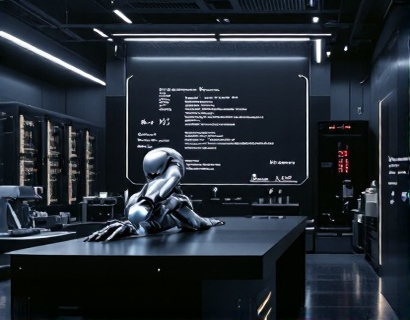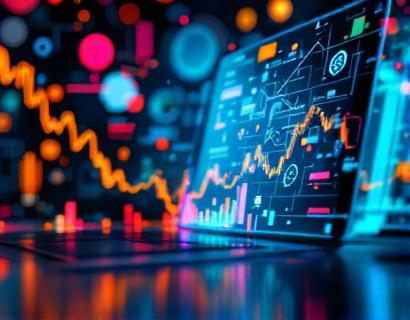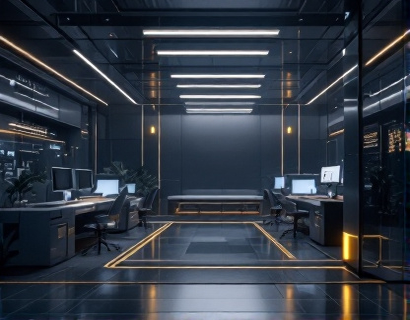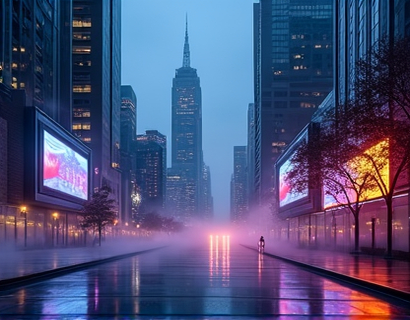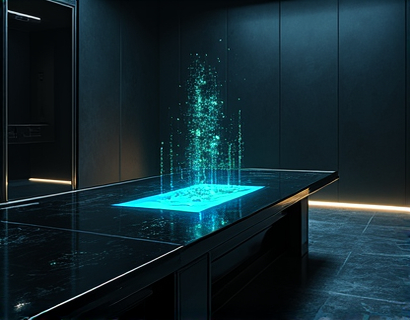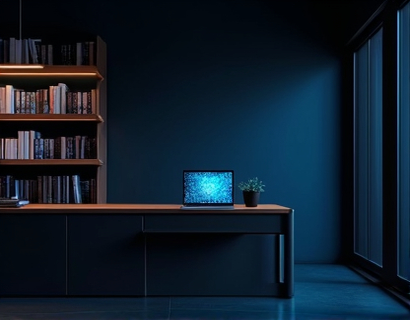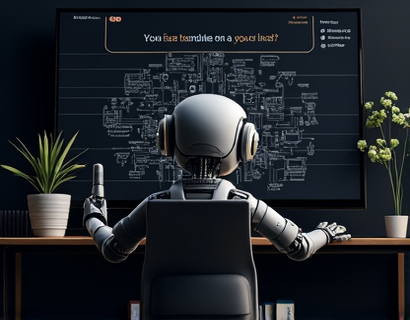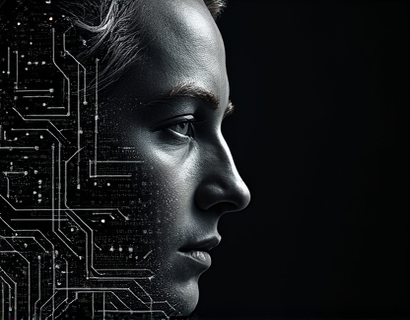Advanced Lighting and Sound Hardware Solutions: Streamlining Event Production with Cutting-Edge Control Technology
In the dynamic world of event production, the integration of advanced lighting and sound hardware is crucial for creating an immersive and memorable experience for attendees. The complexity of managing these systems can often pose significant challenges for event planners and production managers. However, with the advent of sophisticated hardware management software, the process has become more streamlined, efficient, and reliable. This article delves into the transformative impact of cutting-edge control technology on event production, focusing on how these tools maximize audio-visual impact while ensuring seamless integration and optimal performance.
Understanding the Importance of Integrated Control Systems
The foundation of a successful event lies in the seamless integration of all technical elements, particularly lighting and sound. Traditional methods of managing these systems often involve manual adjustments and separate control interfaces, leading to potential delays and inconsistencies. Modern control technology addresses these issues by providing a unified platform that allows for centralized management of all audio-visual components. This integration not only enhances the efficiency of the production process but also elevates the overall quality of the event experience.
Key Features of Advanced Hardware Management Software
Advanced hardware management software is designed with a range of features that cater to the diverse needs of event production. These systems typically include:
- Centralized control interface: A user-friendly dashboard that allows for easy navigation and management of all connected devices.
- Real-time monitoring: Continuous oversight of system performance, enabling quick identification and resolution of any issues.
- Automated sequencing: Pre-programmed routines that ensure smooth transitions between different scenes and acts.
- Customizable presets: The ability to save and recall specific configurations for different events or segments of an event.
- Remote access: Control and monitoring capabilities from anywhere, enhancing flexibility and responsiveness.
These features collectively contribute to a more streamlined and efficient production process, reducing the risk of errors and downtime.
Enhancing Reliability and Consistency
One of the most significant benefits of advanced control technology is the enhancement of reliability and consistency in event production. By centralizing control, these systems minimize the chances of human error, ensuring that all lighting and sound elements function as intended. Real-time monitoring allows technical teams to promptly address any anomalies, maintaining the integrity of the performance. Additionally, automated sequencing and customizable presets ensure that transitions are smooth and consistent, contributing to a polished and professional presentation.
Maximizing Audio-Visual Impact
The ultimate goal of any event is to create a compelling and engaging experience for the audience. Advanced lighting and sound hardware solutions, when managed through sophisticated control software, play a pivotal role in achieving this objective. The precise control over lighting effects and sound levels allows producers to craft atmospheres that align perfectly with the event's theme and content. For instance, dynamic lighting can enhance the emotional impact of a performance, while high-quality sound ensures that every detail is heard clearly. The ability to synchronize these elements with precision results in a more immersive and impactful experience.
Seamless Integration with Existing Systems
Modern control software is designed to integrate seamlessly with a wide range of existing lighting and sound hardware. This compatibility ensures that events can leverage their current investments without the need for extensive hardware upgrades. The software typically supports various protocols and standards, such as DMX, Art-Net, and OSC, facilitating connection with devices from different manufacturers. This flexibility not only simplifies the setup process but also reduces costs and logistical challenges.
User-Friendly Interfaces and Training
Despite the complexity of the technology, advanced control systems are designed with user-friendliness in mind. Intuitive interfaces and comprehensive documentation make it easier for technical teams to learn and master the tools. Many software providers also offer training sessions and support services to ensure that users can fully utilize the system's capabilities. This focus on accessibility helps bridge the gap between advanced technology and practical application, making high-end control solutions more attainable for a broader range of events.
Case Studies and Real-World Applications
To illustrate the practical benefits of advanced control technology, consider a few real-world applications. At a large-scale music festival, the use of a centralized control system allowed the technical team to manage hundreds of lighting fixtures and sound systems from a single console. This setup reduced the number of required technicians by 30% and significantly cut down on setup time. Another example is a corporate conference where the control software enabled precise timing and synchronization of presentations with background audio and visuals, enhancing the professionalism and effectiveness of the event.
Future Trends in Event Technology
The landscape of event technology is continually evolving, with several trends poised to further transform the industry. One such trend is the integration of artificial intelligence and machine learning, which can optimize system performance based on real-time data. For instance, AI can analyze audience reactions and adjust lighting and sound settings accordingly, creating a more dynamic and responsive experience. Additionally, the rise of wireless and battery-powered devices is making setups more flexible and less constrained by cabling, further enhancing the ease of production.
Conclusion
Advanced lighting and sound hardware solutions, when managed through cutting-edge control technology, offer unparalleled benefits for event production. These systems streamline the management process, enhance reliability and consistency, and maximize the audio-visual impact of events. As technology continues to advance, the potential for even more innovative and sophisticated solutions is vast. For event planners and production managers, embracing these tools is not just an option but a necessity for delivering exceptional experiences in an increasingly competitive landscape.




